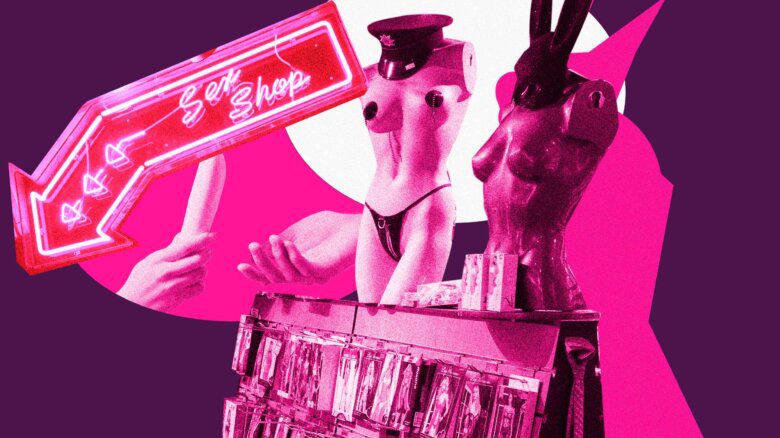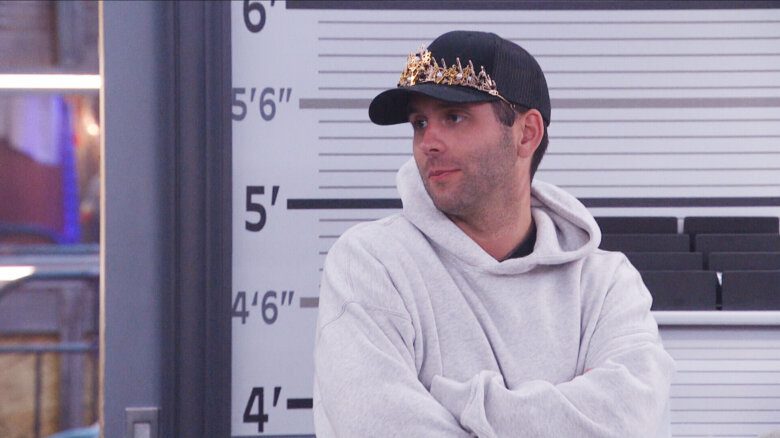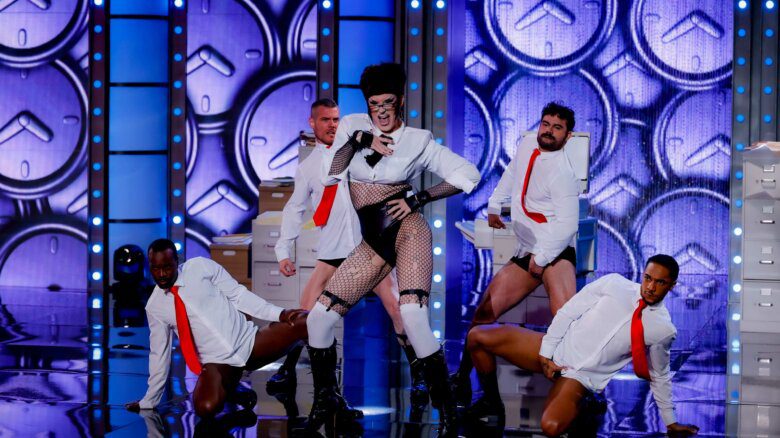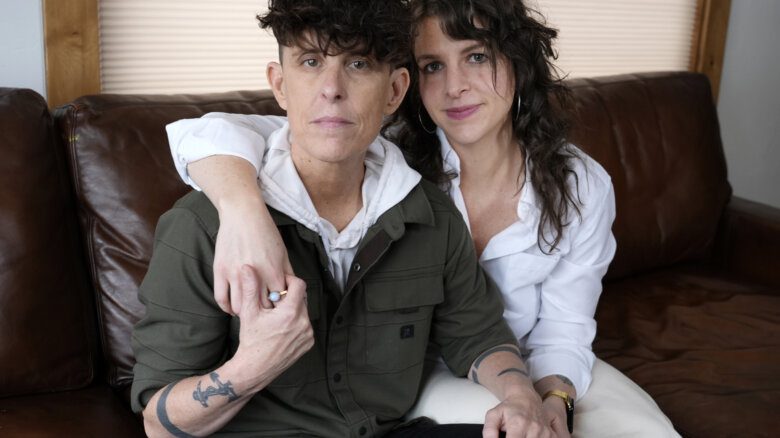Kicking the Sky is the second major published work of Anthony De Sa, a Toronto author and teacher whose first book, Barnacle Love, was shortlisted for the 2008 Giller Prize. The novel is fictional but set during a real-life watershed moment in the city’s history for both the Portuguese and LGBT communities. In the summer of 1977, a 12-year-old Portuguese-Canadian boy was brutally raped and murdered at 245 Yonge St, prompting a backlash at both the perceived ambivalence of city politicians and the gay movement that was becoming more prominent in the city at that time. (Read our review of the novel.)
Xtra: The novel opens with a 12-year-old boy named Antonio Rebelo, happily riding his banana-seat bike through his Palmerston Avenue neighbourhood. It’s a place that’s gone through substantial changes over the last few decades, and you’re writing from an informed perspective, given that it’s also where you grew up.
De Sa: Yes, [it was] the cradle of the Portuguese community at the time. It’s been gentrified, for sure, and become a very popular and fashionable part of the city. Back then, for the most part, the majority of people who lived there came from Portugal, from the Azores. The same way the Rebelos had done in the novel.
Things start out quite bucolically nostalgic, but we quickly learn that life isn’t as simple for Antonio as it may seem. His best friends, Ricky and Manny, are dabbling in activities that are both illegal and dangerous. Ricky in particular seems quite vulnerable, particularly given the events that unfold in the story.
I wanted to create a book where we were exposed to not only what we saw in front of us, but the kind of seedy underbelly of the city, and what happened in those laneways during the ’70s. So I tried to explore different characteristics for each of the characters. I have a soft spot for Ricky. He engages in some sexual activity at a very young age, and for him it’s not so much survival, but as something to gain a little bit of income because of an absent father.
There seems an almost tacit acceptance by the boys toward each other’s secret life, be it Manny’s bike thievery or Ricky’s back-alley handjobs.
There’s something to be said about what we were taught — and not just within my immigrant community, but I think a lot of communities — that what happens in this house stays in this house. The world of secrets is very important to the novel. Even though these boys know what each other’s lives are like, they never speak of it. It’s almost as if not speaking about it erases the fact that it’s happening.
The official story has always been that Emanuel Jaques was snatched after being offered money to help his abductors move some equipment, but in your novel there’s a suggestion that Jaques may have had an inkling that the money offered wasn’t just about hefting some boxes.
It’s inferred that Emanuel Jaques must have had some knowledge. I think it was pretty innocent. He must have walked into that apartment, and the wall was covered in Polaroids of young boys in underwear and compromising positions, and I think maybe that’s what he was thinking he was getting into. I didn’t want to suggest that he was a prostitute because I think it would be dangerous to suggest such a thing, but I do think there was a streetwise-ness that he had.
The character of James functions as a sort of Fagan for Antonio and his friends, a young handsome guy that the boys gravitate toward. He’s mysterious but seems quite a positive outlet for the boys at first.
I think in many ways James becomes the surrogate for an absent parent, and I think that was a condition of many of us growing up during that time. Our parents as immigrants worked very hard. We really were latchkey kids, and I think that we’re drawn to characters like James and some of the older boys and girls in the neighbourhood simply because they also act as that older influence in our lives. At the beginning of the story [this] seems very innocuous, but he certainly knows how to tap into what their desires are.
Antonio becomes quite confused by his feelings for James as the story progresses. On one hand, he’s had a real attraction for a neighbourhood girl named Agnes, yet now he’s experiencing a sexual interest in this young man. But he also seems leery of both his feelings and of James himself.
I think James realized the kind of highly sensitive child Antonio was. Out of all the boys, Antonio is the one that was a little reserved in his complete trust of James. He’s not completely trusting of what James’s intent is.
The murder opened up strong divides within Toronto neighbourhoods, particularly for the Portuguese and LGBT communities. There were protest marches, calls to clean up Yonge Street, but also a lot of blame aimed at the gay men living in the city. You’ve been quite responsible in pointing out the fallacies at play in some of the tensions of the time.
Toronto was a very conservative kind of town, and this case muddled the delineation between homosexual and pedophile. It kind of put them all in the same bag and shook it up. Unfortunately, true to the story, the gay community became the scapegoat. I didn’t witness the backlash, but I certainly was privy to a lot of rumour and gossip and discussion about young men coming downtown, and the whole kind of gaybashing situation.
There was a real sadness when this boy was killed, that morphed into anger and rage that brought people to Nathan Phillips Square and Queen’s Park. But when the fear set in, I think that’s when all the damage began. I think that when people started getting out and trying to be hurtful, it just seemed to incite a lot of debate [and] anger, and I think essentially it was a good debate, because it opened up the lines of communication. At least we got people talking.
Watch our interview with Anthony De Sa.
Kicking the Sky is available at Glad Day Bookshop, 598 Yonge St
gladdaybookshop.com
 Why you can trust Xtra
Why you can trust Xtra


